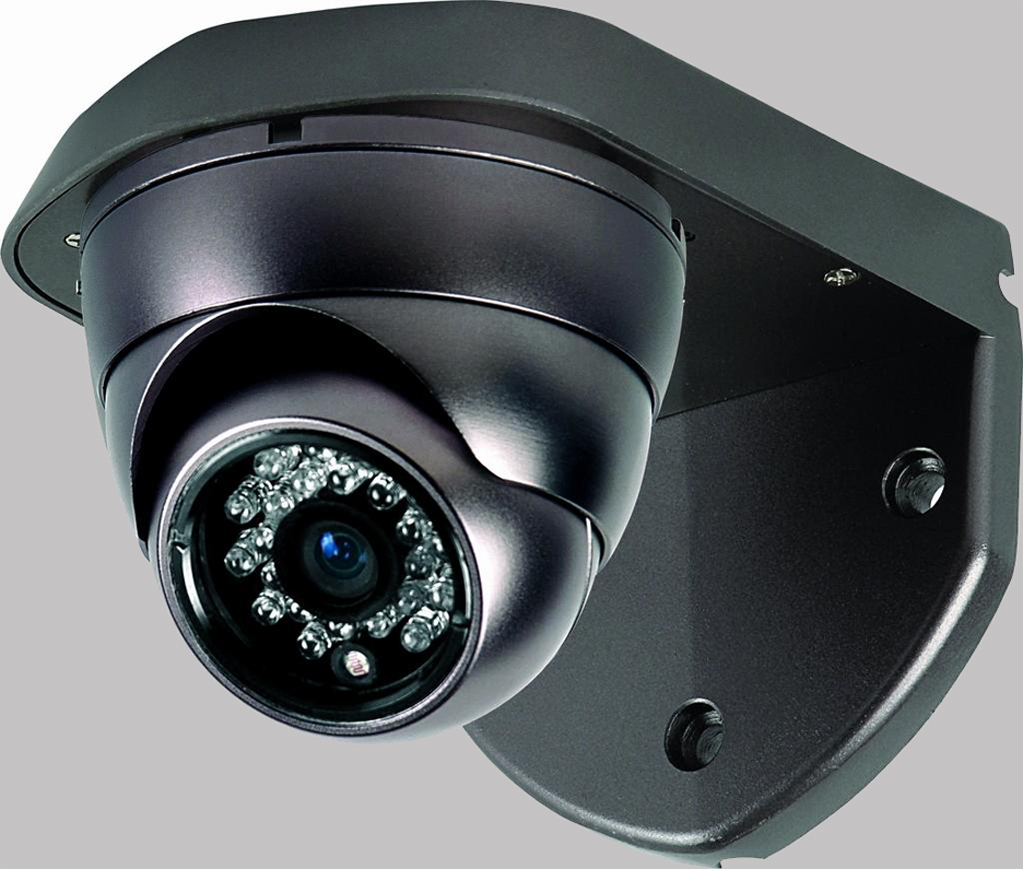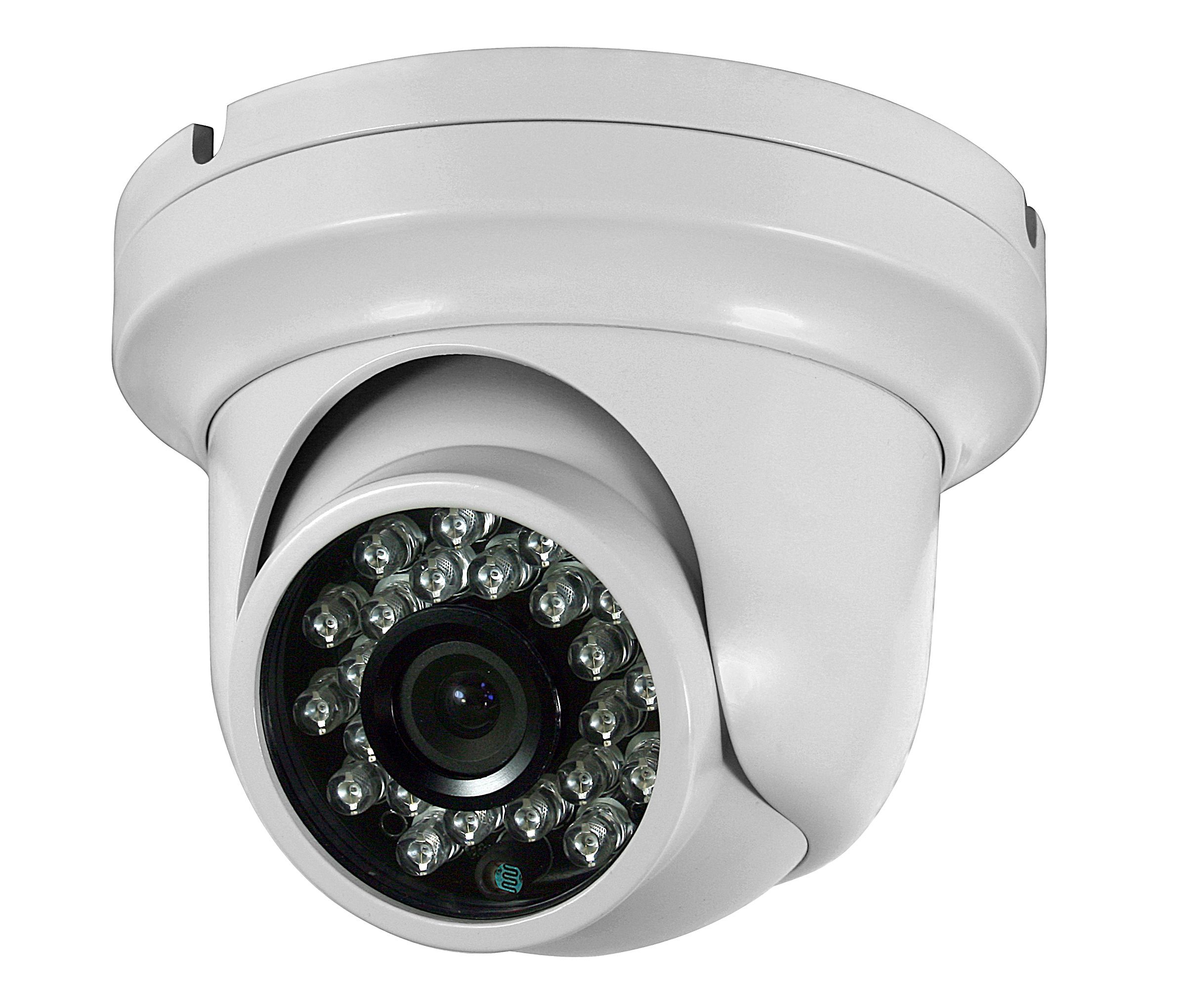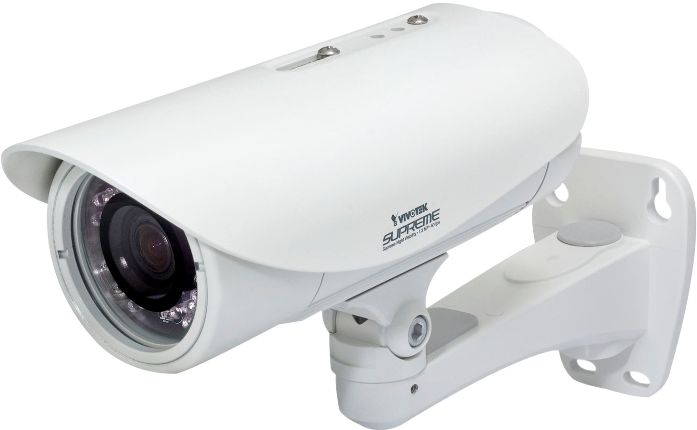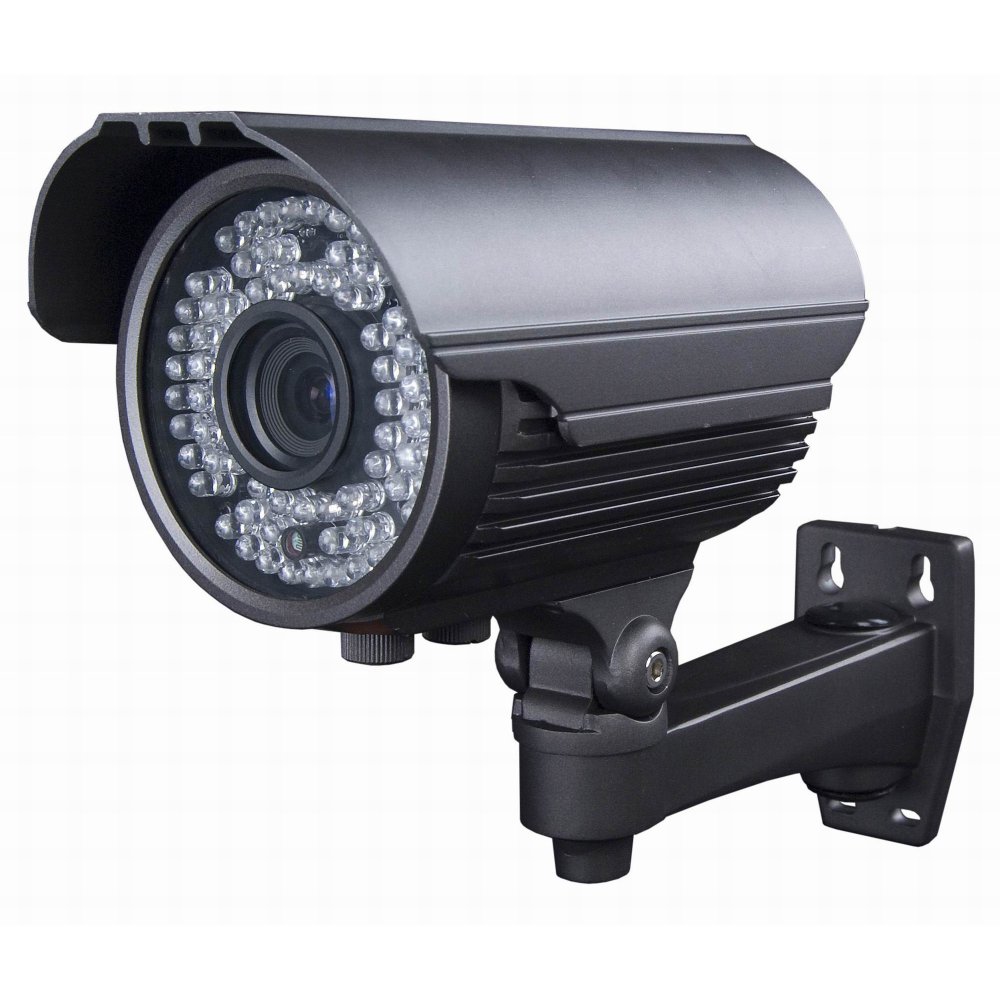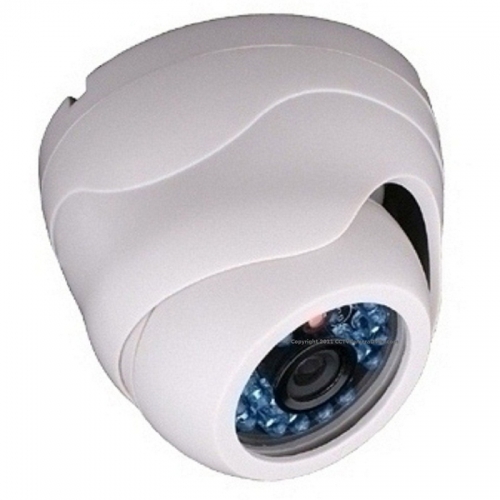Navcom Limited incorporates different types of security cameras in its CCTV surveillance products that come in many different styles including dome, bullet, infrared and c-mount cameras. The security camera that will work best for your application will depend on several factors such as whether you will use the security cameras inside or out, during the day, night time, or both and if it is analogue or digital (IP based).
The following are some of the security cameras the company provides its clientele:
i) Bullet Cameras
A bullet CCTV camera is a wall-mount or ceiling-mounted unit that is typically designed for indoor use, but can also be used for some outdoor applications. The camera derives its name from its sleek, thin cylindrical shape. Many bullet cameras also tout themselves as being waterproof. The camera is not typically designed to have pan/tilt/zoom control but instead to capture images from a fixed area. The unit is mounted pointing at a particular area.
ii) Dome Cameras
A dome camera gets its name from the dome-shaped housing in which it sits. These housings are designed to make the cameras unobtrusive… not covert or hidden. Typical applications are retail, where the camera is designed to be unobtrusive, but visible.
These units serve a dual purpose: “bad guys” will know the facility is being watched and patrons will feel at ease knowing the facility is being protected. Units that allow the camera to spin quickly within the housing are often referred to as “speed domes.”
iii) Covert/Desktop/Board Cameras
These tiny cameras are well suited for desktop use, for Skype and other low-resolution teleconference applications.
iv) Discreet Cameras
It’s a clock… it’s a smoke detector… it’s a motion sensor. The real answer is none of the above. These are just some of the disguises for covert cameras. Of course, covert cameras can also be characterized by conventional cameras placed in discreet locations.
v) Infrared/Night Vision Cameras
These night-vision cameras have the ability to see images in pitch black conditions using IR LEDs (infrared LED light from a different region of the electromagnetic spectrum than we normally use to see). In some cases they are for mobile applications.
vi) Network / IP Cameras
These cameras, both hardwired and wireless, transmit images over the Internet, often compressing the bandwidth so as not to overwhelm the web. IP cameras are easier to install than analog cameras because they do not require a separate cable run or power boost to send images over a longer distance.
vii) Wireless Cameras
Not all wireless cameras are IP-based. Some wireless cameras can use alternative modes of wireless transmission. But no matter what the transmission method, the primary benefit to these units is still the same: extreme flexibility in installation.
viii) PTZ/Speed Domes Cameras
Pan/tilt/zoom cameras give the surveillance operator the ability to move the camera left or right (pan); up and down (tilt); and zoom the lens closer or further. These are used in surveillance situations where there is an actual live guard or surveillance specialist monitoring the images. There are cameras that have automated pan/tilt/zoom functionality where the camera is moving on a timed basis. These are many times used to cover a wide area with only one camera, or to avoid poor light conditions, such as a setting sun.
ix) High-Definition Cameras
Ultra high-definition cameras are often relegated to niche markets, such as casinos. These give the operators the ability to zoom in with extreme clarity (to look at poker players, for example, who might have something up their sleeve). In the past, these cameras were tube-based analog cameras, but today’s digital technology has displaced those older units. The cameras can also transmit their images using HD cctv.

